When you think of the Earth’s history etched in stone, the symbolism of Andesite rocks stands out. Understanding what makes these rocks unique is like deciphering nature’s code.
The intricate patterns, composition, and origins of Andesite rocks hold a key to unraveling the mysteries of our planet’s past.
As you explore the identification, characteristics, and more details of Andesite rocks, you’ll uncover a world beneath the surface waiting to be discovered.
What Are Andesite Rocks?
Andesite rocks are volcanic rocks commonly found in volcanic arcs and island arcs. Their composition is intermediate, meaning they contain a balance of silica content compared to other volcanic rocks like basalt and rhyolite. Andesite originates from the partial melting of a subducted oceanic plate beneath a continental plate. This process creates magma that eventually forms andesite when it solidifies.
In terms of mineral content, andesite typically consists of plagioclase feldspar, pyroxene, and sometimes amphibole. These minerals give andesite a speckled appearance and a fine-grained texture. The plagioclase feldspar provides the light-colored portions of the rock, while pyroxene and amphibole contribute to the darker areas. The combination of these minerals results in a rock that isn’t as dark as basalt but not as light as rhyolite.
Understanding the composition, origin, mineral content, and texture of andesite rocks is crucial for identifying them correctly in various geological settings.
Identifying Andesite Rocks
To recognize andesite rocks in the field, observe their distinctive speckled appearance and fine-grained texture. Andesite typically forms in volcanic rock formations and is composed of minerals like plagioclase, pyroxene, and amphibole.
When conducting petrographic analysis, look for the characteristic mineral composition and rock textures of andesite. This rock type often exhibits a mix of light and dark mineral grains, giving it a salt-and-pepper appearance. The fine-grained nature of andesite sets it apart from coarser igneous rocks like granite.
Additionally, andesite commonly displays phenocrysts, which are large crystals embedded in a finer matrix, indicating its volcanic origin. By examining these features closely, you can confidently identify andesite rocks in the field. Remember, the key lies in recognizing the unique speckled pattern and fine texture that are hallmarks of this intriguing rock type.
Characteristics of Andesite Rocks
When examining andesite rocks, focus on their distinct speckled appearance and fine-grained texture to identify their unique characteristics easily. Andesite rocks exhibit specific traits that set them apart from other rock types. Here are some key characteristics to look out for:
- Color: Andesite rocks commonly have a gray to black color, with hints of white or pink mineral crystals.
- Texture: They possess a fine-grained texture, often feeling smooth to the touch due to the small mineral grains present.
- Speckled Appearance: Andesite rocks display a speckled appearance, resulting from the mixture of different minerals within the rock.
- Formation Process: Andesite rocks form from volcanic activity, specifically through the cooling and solidification of magma near the Earth’s surface.
- Mineral Composition: The mineral composition of andesite typically includes plagioclase feldspar, pyroxene, and biotite, giving it a unique mineralogical makeup.
Formation of Andesite Rocks
To understand the formation of Andesite rocks, you should consider their origins and the geologic processes involved.
Andesite rocks are created through a series of volcanic activities and cooling processes.
It’s essential to recognize the unique characteristics that distinguish Andesite rocks from other types of igneous rocks.
Andesite Rock Origins
Andesite rocks form through a volcanic process that involves the cooling and solidification of magma beneath the Earth’s surface. This process leads to the creation of andesite rocks with specific characteristics and compositions. The origins of andesite rocks can be traced back to the following key points:
- Subduction Zone: Magma mixes with continental crust material in subduction zones.
- Partial Melting: Partial melting of the crust or mantle generates andesitic magma.
- Intermediate Composition: Andesite exhibits an intermediate composition between basaltic and granitic rocks.
- Mineral Content: Andesite typically contains minerals like plagioclase, amphibole, and biotite.
- Volcanic Eruptions: Andesite is commonly erupted from stratovolcanoes around the Pacific Ring of Fire.
Understanding these origins provides insight into the unique properties of andesite rocks.
Geologic Process of Andesite
During the geologic process of andesite formation, magma undergoes a series of transformations beneath the Earth’s surface. Through igneous processes, magma rich in silica and minerals rises towards the crust. As pressure builds up, volcanic eruptions occur, leading to the extrusion of lava onto the surface.
Andesite rocks are formed when this lava cools and solidifies relatively quickly, creating a fine-grained texture. The composition of andesite is a result of the magma’s partial melting and mixing with other materials in the Earth’s mantle.
These geological processes play a crucial role in shaping the characteristics and distribution of andesite rocks around the world, highlighting the dynamic nature of our planet’s crust.
Characteristics of Andesite
As magma rich in silica and minerals rises towards the Earth’s crust, the formation of andesite rocks begins with a series of transformative processes beneath the surface. Andesite rocks exhibit unique characteristics that set them apart from other rock types. Here are some key features to help you identify and appreciate these intriguing rocks:
- Mineral composition, formation: Andesite is typically composed of plagioclase feldspar, pyroxene, and biotite minerals, which contribute to its intermediate composition between basalt and rhyolite.
- Texture: Andesite rocks often have a porphyritic texture, with larger crystals embedded in a fine-grained matrix, reflecting the cooling history of the rock.
- Color variations: Andesite can range in color from gray and black to brown and green, depending on the specific mineral content and oxidation levels.
- Formation process: Andesite forms from the partial melting of subducted oceanic crust or continental rock, followed by crystallization at varying depths beneath the Earth’s surface.
- Distinctive appearance: With its balanced mineral composition and unique texture, andesite rocks display a distinctive appearance that can be recognized by experienced geologists.
Uses of Andesite Rocks
Utilize the durable nature of andesite rocks in landscaping projects for long-lasting and aesthetically pleasing results. Andesite rocks find extensive use in the rock industry and as construction materials due to their durability and attractive appearance. In the rock industry, andesite is valued for its toughness and ability to withstand weathering, making it a popular choice for decorative purposes such as garden pathways, retaining walls, and decorative rockeries.
When it comes to construction materials, andesite rocks are prized for their strength and versatility. They’re commonly used in the construction of buildings, bridges, and roads where durability is essential. The hardness of andesite makes it suitable for applications that require sturdy materials that can withstand heavy loads and harsh environmental conditions.
In addition to their functional uses, andesite rocks are also favored for their aesthetic qualities. Their dark gray to black color, fine-grained texture, and ability to take polish make them a preferred choice for architectural detailing and decorative elements in landscaping projects. Whether used in large-scale construction or small-scale landscaping, andesite rocks offer a blend of durability and visual appeal that enhances any project.
Interesting Facts About Andesite Rocks
Andesite rocks, apart from their practical applications in landscaping and construction, boast intriguing characteristics that set them apart in the world of geology. These rocks offer a glimpse into the fascinating world of rock formation, volcanic activity, mineral composition, and geological history.
Here are some interesting facts about Andesite rocks:
- Unique Formation: Andesite rocks are formed through the cooling and solidification of magma in volcanic environments.
- Volcanic Activity: They’re commonly associated with volcanic regions and are often found near subduction zones.
- Diverse Mineral Composition: Andesite rocks typically contain minerals such as plagioclase, amphibole, and biotite, contributing to their unique appearance.
- Geological History: The presence of Andesite rocks in various geological formations provides valuable insights into the Earth’s history and past volcanic activities.
- Versatile Uses: Beyond their geological significance, Andesite rocks are utilized in various industries, including architecture, as they’re durable and aesthetically pleasing.
Frequently Asked Questions
Are Andesite Rocks Commonly Found in Specific Regions of the World?
Andesite rocks are commonly found in specific regions of the world due to their unique formation process. Their global distribution highlights their geological significance and economic importance, contributing to various industries like construction and infrastructure development.
How Do Andesite Rocks Compare to Other Types of Volcanic Rocks in Terms of Composition and Appearance?
When comparing andesite rocks to other types, consider their chemical composition and visual appearance. They stand out in geological formations due to their mineral content. Andesite rocks feature a unique blend that sets them apart.
Can Andesite Rocks Be Used for Construction Purposes, Such as Building Materials?
Andesite rocks can be excellent construction materials due to their durability. They are often sourced from Andesite quarries, ensuring sustainability. Consider using them for various building projects to benefit from their strength and longevity.
Are There Any Unique Properties or Qualities of Andesite Rocks That Make Them Stand Out From Other Types of Rocks?
Andesite rocks boast unique petrological properties and geological formations that set them apart. Their mineral composition and rock textures distinguish them in the world of geology, making them a fascinating study for earth science enthusiasts.
Do Andesite Rocks Have Any Cultural or Historical Significance in Certain Societies or Regions?
Andesite rocks hold cultural significance and historical importance in various societies. They are tied to geological formations and have regional distribution patterns that reflect their role in shaping landscapes and influencing human activities throughout history.
Conclusion
Overall, Andesite rocks are a type of volcanic rock with a fine-grained texture and intermediate composition. They’re commonly found in volcanic regions and have a variety of uses in construction and landscaping.
By understanding their identification characteristics and formation process, you can better appreciate the unique qualities of Andesite rocks and their importance in the geological world.
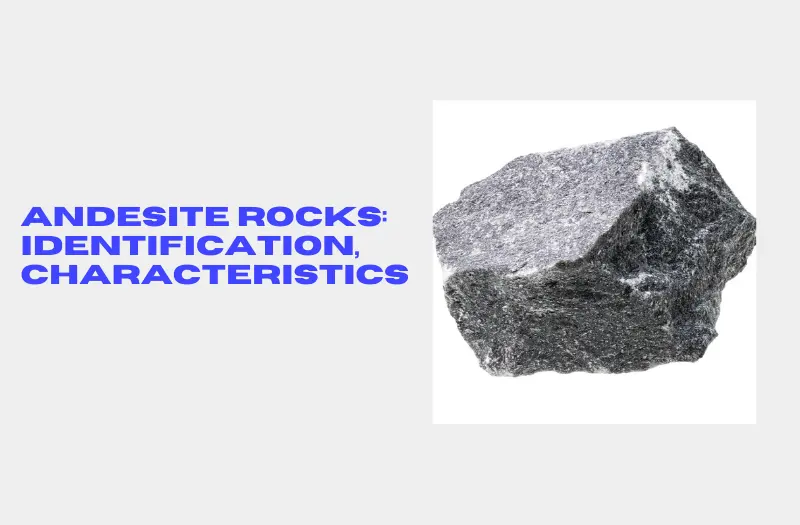
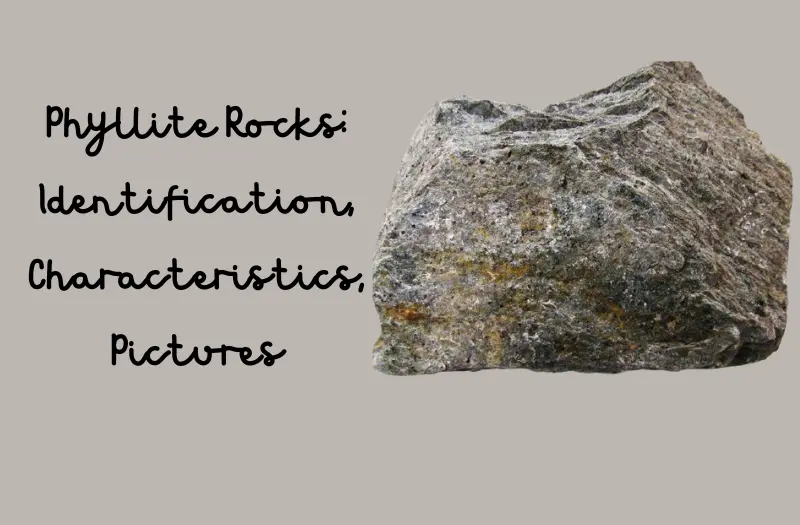
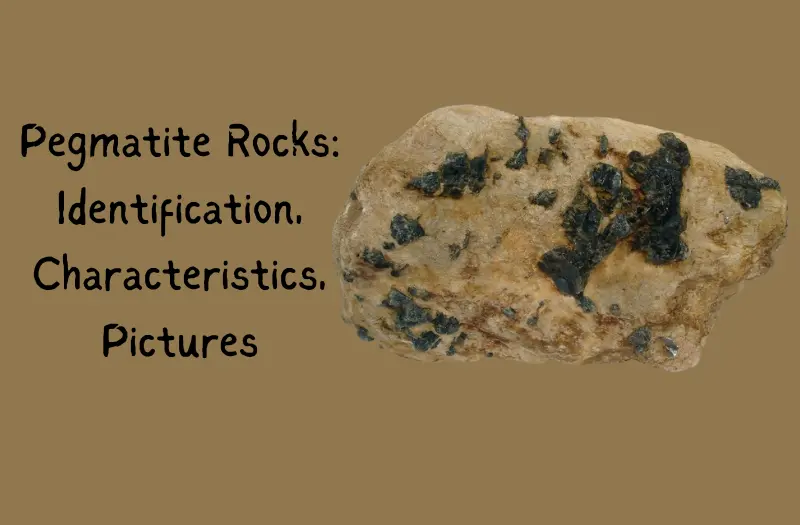
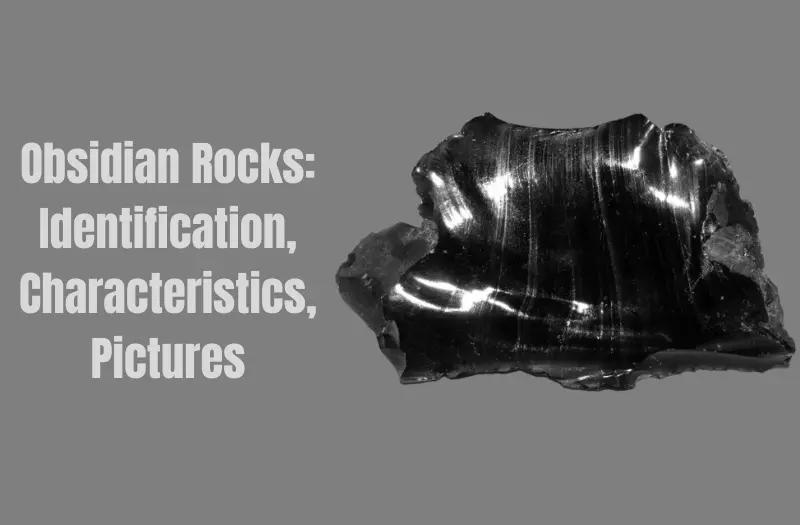
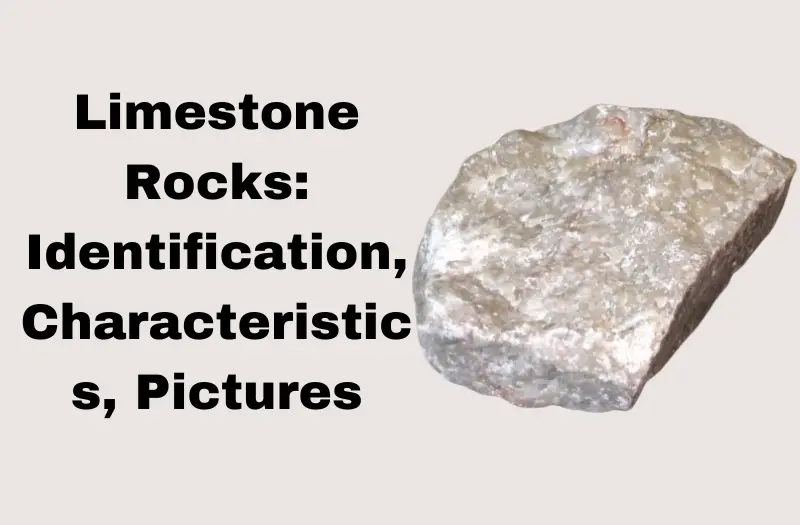
Leave a Reply